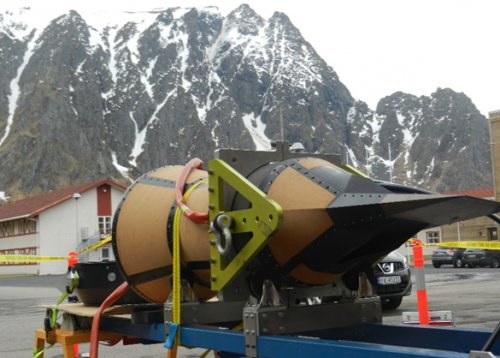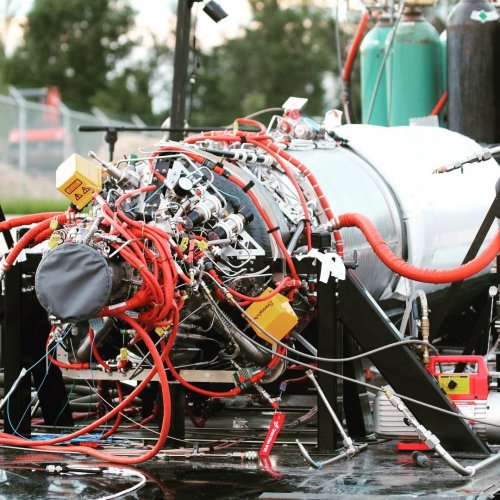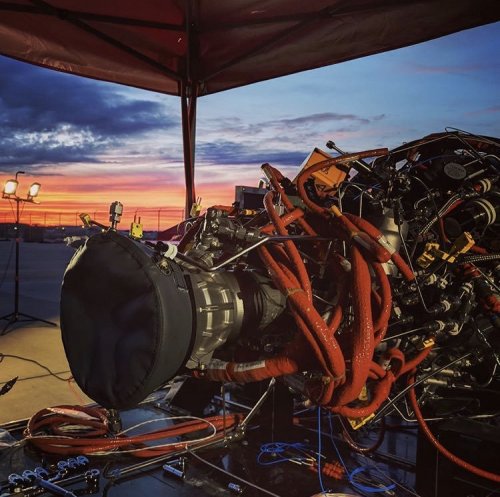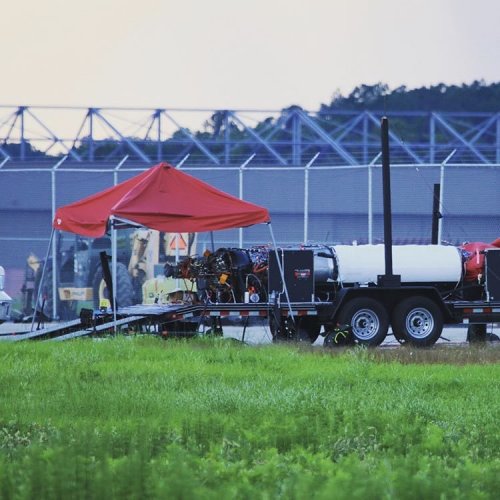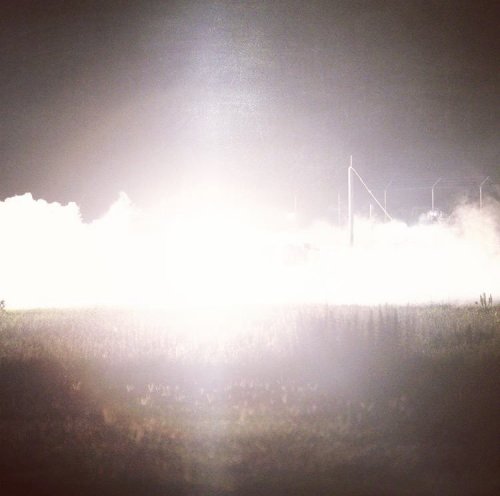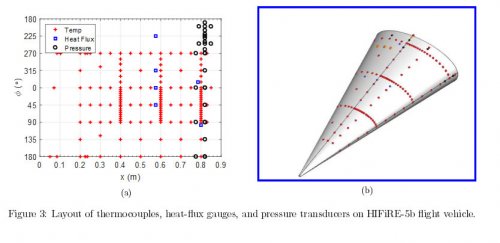China, the US, and Russia are each striving to be the first nation to develop hypersonic systems: aircraft and missiles that can cruise and maneuver at five times the speed of sound (Mach 5) or faster. The winner of this technology contest will have daunting military advantages. Such weapons promise the ability to hit targets from very long ranges, yet with such speed and surprise that defending against them is extremely difficult.
Hypersonic weapons could give those that possess them tactical capabilities with potentially strategic effects. Its potential disruptive effect on military operations—the ability to fly at a mile a second at Mach 5—is most often compared to that of stealth and precision weapons when those technologies appeared in the 1980s.
The consensus view is that China, so far, is winning the hypersonics race, largely through financial brute force. USAF Gen. Paul J. Selva, vice chairman of the Joint Chiefs of Staff, said in January that China has made hypersonics research “a national program”—a kind of Manhattan Project—and it is “willing to spend … up to hundreds of billions to solve the problems of hypersonic flight, hypersonic target designation and then, ultimately, engagement.”
Chinese state media announced in March, for example, that China is building a 265-meter long wind tunnel to simulate the environment from Mach 10 to Mach 25, which is to be complete by 2020. It already has tunnels capable of simulating conditions between Mach 5 to 9. Though the US has hypersonic tunnels, most are quite small, for tests lasting less than a few seconds.
Russia, meanwhile, announced in March that it is testing the “Kinzhal” missile, which president Vladimir Putin boasted can fly at Mach 10, has a range beyond 2,000 kilometers, can carry conventional or nuclear warheads, and can defeat any existing “or prospective” air defense system. Although many leading US technologists scoffed at the claim, US Strategic Command chief Gen. John E. Hyten confirmed to reporters at a Colorado space conference in April that both China and Russia are flight-testing hypersonic concepts, saying “you should believe Vladimir Putin about everything he said he’s working on.”
While Hyten said it’s a “different issue” as to whether those systems are deployed, “we … listen to what they say very closely, and none of what he did …

